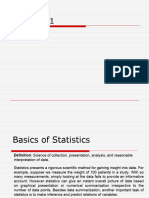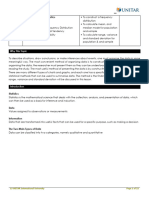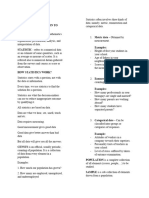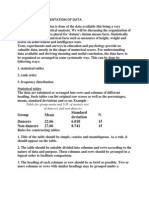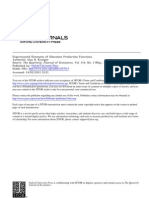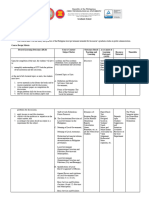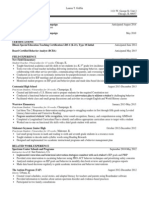0% found this document useful (0 votes)
32 views39 pagesAE 9 Statistical Data
The document discusses statistical data and various ways of presenting it. It defines statistical data as facts and figures collected in aggregate for a predetermined purpose. There are different types of data according to its source (primary or secondary), nature of variables (qualitative or quantitative), and time reference (cross-sectional or time series). Common methods to summarize categorical data include frequency distributions, pie charts, and bar charts. For numerical data, methods include frequency distribution tables, histograms, and frequency polygons. Key terms related to frequency distribution tables include class limits, boundaries, marks, widths, and relative and cumulative frequencies.
Uploaded by
angellachavezlabalan.cpalawyerCopyright
© © All Rights Reserved
We take content rights seriously. If you suspect this is your content, claim it here.
Available Formats
Download as PDF, TXT or read online on Scribd
0% found this document useful (0 votes)
32 views39 pagesAE 9 Statistical Data
The document discusses statistical data and various ways of presenting it. It defines statistical data as facts and figures collected in aggregate for a predetermined purpose. There are different types of data according to its source (primary or secondary), nature of variables (qualitative or quantitative), and time reference (cross-sectional or time series). Common methods to summarize categorical data include frequency distributions, pie charts, and bar charts. For numerical data, methods include frequency distribution tables, histograms, and frequency polygons. Key terms related to frequency distribution tables include class limits, boundaries, marks, widths, and relative and cumulative frequencies.
Uploaded by
angellachavezlabalan.cpalawyerCopyright
© © All Rights Reserved
We take content rights seriously. If you suspect this is your content, claim it here.
Available Formats
Download as PDF, TXT or read online on Scribd
/ 39










